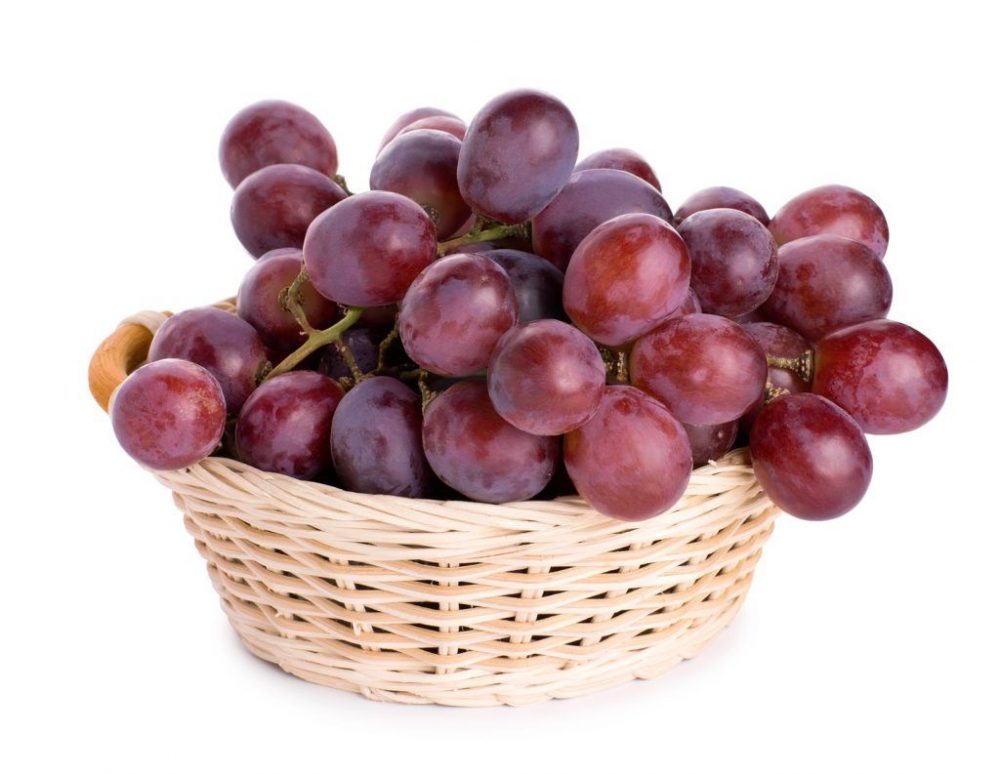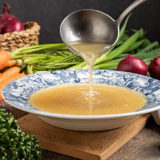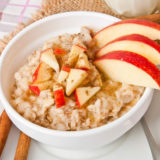

Eating foods representing the different colors of the rainbow has been lauded as a surefire recipe for good health. Despite this sentiment being echoed by the infamous Dr. Oz, many people skip the far-end (shortest wavelength) of the light spectrum. Constituting of indigo and violet hues, purple is frequently one of the least seen colors on the average person’s plate. Overlooking purple is unfortunate, because purple fruits and vegetables contain precious nutrients with antioxidant, anti-inflammatory and anti-aging health benefits.
Although an over-simplification of rainbow-centered nutrition, the phrase “the darker the food, the higher the antioxidant level” does hold some truth. Purple foods contain anthocyanins, which are health-promoting chemicals that help protect and heal the body’s cells. Anthocyanins give color to most red, purple and blue fruits and vegetables. Research suggests that these compounds play active roles in promoting heart health, decreasing cancer cell proliferation and improving cholesterol ratios.
Dr. James Joseph, a neuroscientist at the USDA Health Nutrition and Research Center on Aging at Tufts University and co-author of a book called The Color Code: A Revolutionary Eating Plan for Optimal Health said, “If I could eat only one color per day, it would be purple.”
Most purple fruit and vegetables contain anthocyanins, but their beneficial compounds don’t stop there. Five of some of the healthiest purple foods are described below:
- Grapes – Containing many antioxidants, vitamins and minerals, all grapes are beneficial for your health. However, darker skinned grapes (deep purple to black) contain significantly more resveratrol. Found on the skin of dark-skinned grapes and other fruits and vegetables with a reddish or purplish pigment, resveratrol is responsible for the health benefits attributed to red wine. Experts believe resveratrol helps relax the arterial walls, decrease arterial pressure and promote healthful blood circulation. It has been shown to prevent cancer, lessen inflammation, improve blood sugar control, reduce blood pressure and improve cholesterol levels.
- Plums – This stone fruit is a great source of fiber, potassium, Vitamin A, Vitamin B2 and Vitamin C. Because a plum’s potassium level is so high, it can help manage high blood pressure and lower stroke risk. Plum consumption has been associated with helping control blood sugar; while dried plums – otherwise known as prunes – are known to promote regular bowel movements.
- Red Cabbage – Containing significantly more beneficial antioxidants than green cabbage, the rich purple color of red cabbage reflects it concentration of anthocyanins. In addition, red cabbage contains 36 different types of antioxidants as well as 6-8 times more Vitamin C than green cabbage. When steamed, this versatile, cruciferous vegetable possesses a significant cholesterol-lowering ability. When your diet is not full of this understated vegetable, supplementing with Cholesterol Support can help keep cholesterol levels in check.
- Purple Corn – Although not readily available in most supermarket produce sections, purple corn is extremely high in antioxidants. Dr. Monica Giusti, assistant professor of food science at Ohio State University, conducted research on several anthocyanin-rich extracts on human colon cancer cells. She found that purple corn was the most potent, in that it took the least amount of extract to cut cancer cell numbers in half. Keep your eyes open for products made from purple corn meal, including purple tortilla chips, cereals, snack bars and corn syrup. Although not as healthy as eating purple fruits and vegetables, purple corn offers more antioxidant benefits than its non-purple counterparts.
- Purple Carrots – Offering greater nutrition than their orange cousins, purple carrots are rich with anthocyanins and pro-Vitamin A carotenoids. These substances help with weight management, blood glucose control, fight H. Pylori (bacteria that can lead to stomach ulcers and urinary tract infections), cancer cell inhibition and cholesterol reduction. In an Australian study published in a 2005 edition of the American Journal of Clinical Nutrition, researchers found that the quantity of carotenoids consumed improved glucose metabolism and was associated with a reduced risk of Type 2 diabetes.
The five purple foods listed above are not the only ones that are beneficial to the human body. Unless artificially colored, most purple-colored foods are healthy. Other notable contenders for the top purple food list include figs, purple cauliflower, forbidden (black) rice, acai, eggplant, purple potatoes, dark cherries, black currants, blackberries, elderberries, purple kale, purple asparagus and purple artichoke.
By providing your body with a wide range of nutrients, filling your diet with foods representing all wavelengths of the light spectrum is ideal. When considering how the colors of the rainbow reflect on your plate, don’t forget about indigo and violet. Purple foods harbor some of the most amazing nutritional benefits possible. Imagine a drug that could fight cancer, reduce cholesterol, improve blood sugar and protect against cellular damage that was also safe, without side effects and tasty! Do yourself a favor; reserve a spot in your kitchen for purple – your body will thank you.




